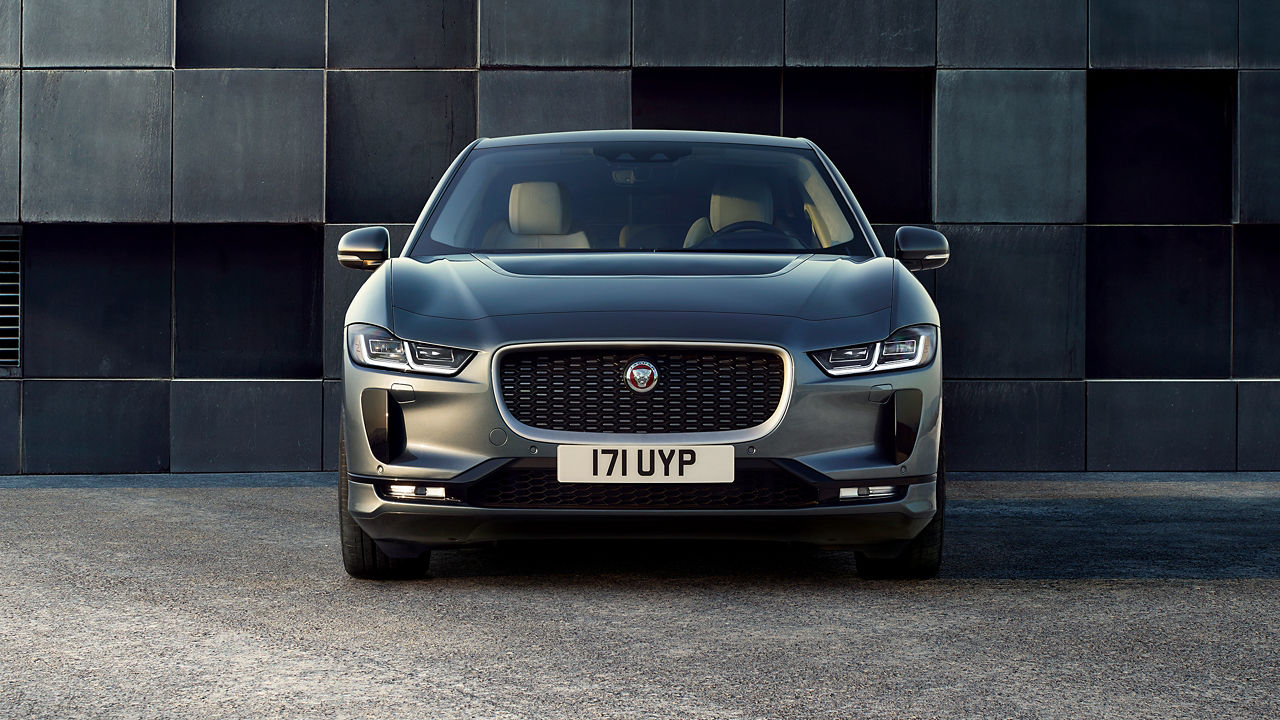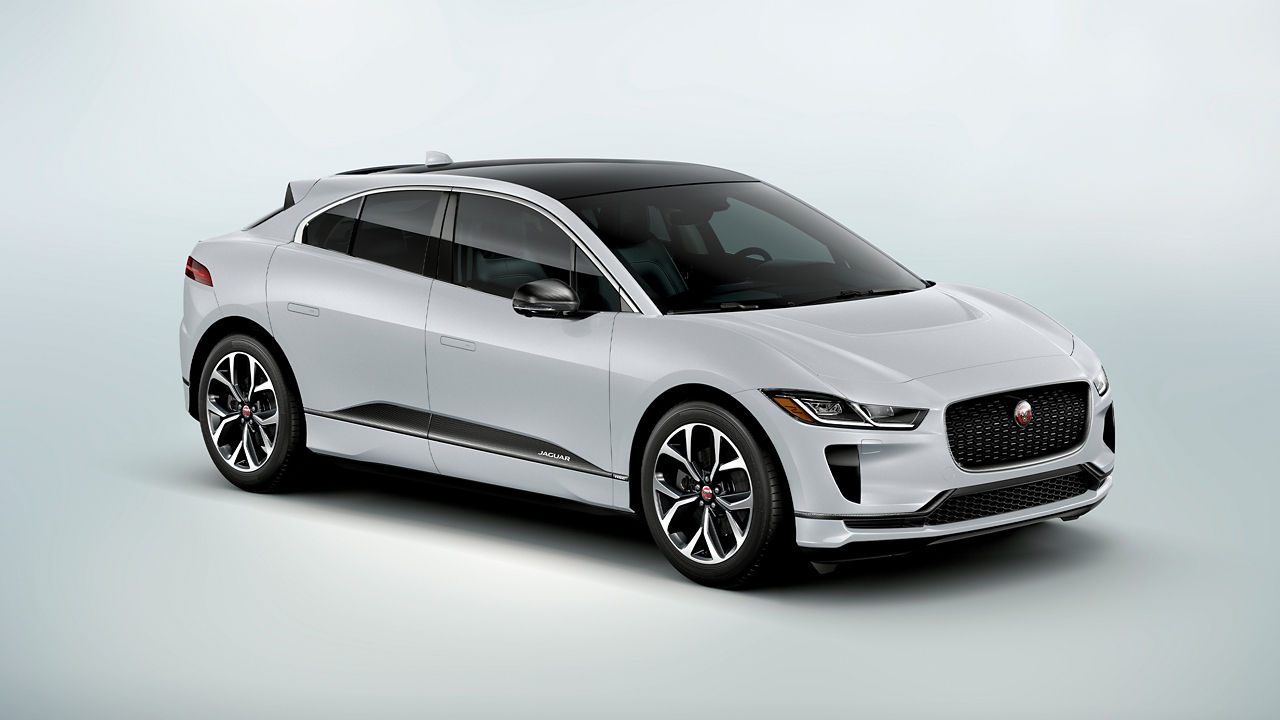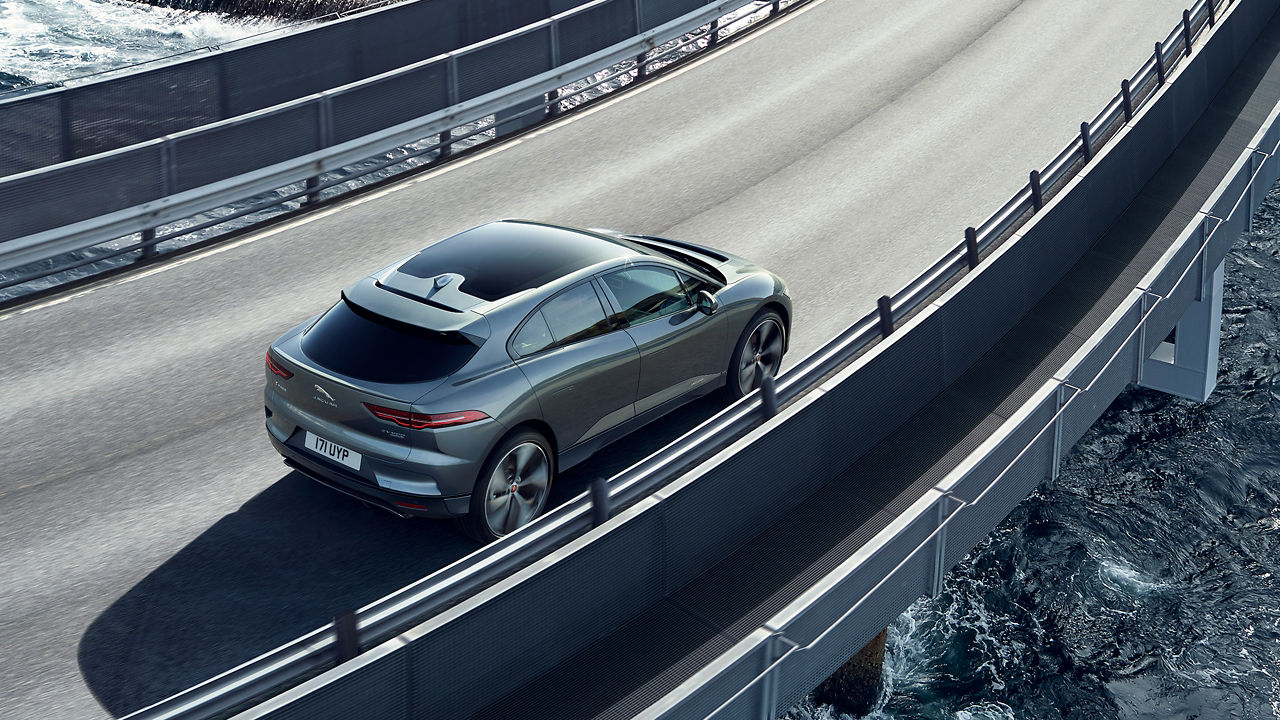*The EPA estimated all-electric Jaguar I-PACE range is 377 km with fully charged battery. All figures are EPA estimates. Actual range and mileage will vary with driving conditions and style, and other factors.
Images show the I-PACE Concept Vehicle. Production vehicle may vary in final styling, finish details and fitment of driver controls. All figures for acceleration, power, speed, range and charging are manufacturer’s estimates on best information available at publishing. Production vehicles will be tested and certified prior to release, with official figures available prior to any customer order.
1-7Disclaimers




